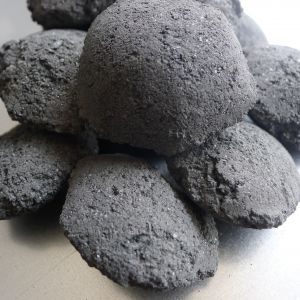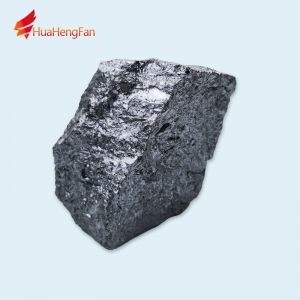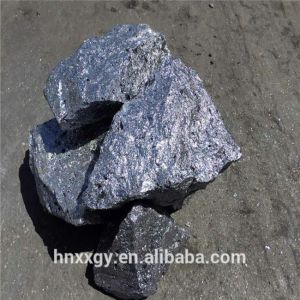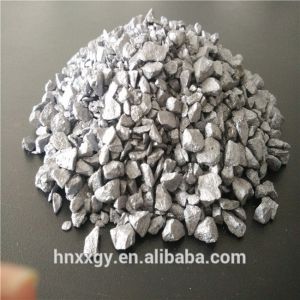Silica fume
Silicon powder is an ultra-fine siliceous powder material formed by the rapid oxidation and condensation of SiO2 and Si gas generated by metallurgical electric furnaces at high temperatures above 2000 °C and oxygen in the air.
1. Physical and chemical properties of silicon powder:
1. Silica fume: Appearance is gray or off-white powder, refractoriness >1600℃. Bulk density: 200 to 250 kg/m3.
The chemical composition of silicon powder is shown in the following table:
2. The fineness of silicon powder: the fineness of silicon powder is less than 1µm, accounting for more than 80%, the average particle size is 0.1 ~ 0.3µm, and the specific surface area is: 20 ~ 28m2/g. Its fineness and specific surface area are about 80 to 100 times that of cement and 50 to 70 times that of fly ash.
3. Particle morphology and mineral phase structure: During the formation process of silicon powder, due to the action of surface tension during the phase transition process, amorphous spherical particles of amorphous phase are formed, and the surface is relatively smooth, and some are multiple circles. An agglomerate of spherical particles stuck together. It is a volcanic ash material with a large specific surface area and high activity. Materials mixed with silicon powder, tiny spherical bodies can play a role in lubrication.
2. The role of silica fume: silica fume can fill the pores between cement particles, and at the same time, it can form a gel with the hydration product, and react with the alkaline material magnesium oxide to form a gel. In cement-based concrete, mortar and refractory castables, adding an appropriate amount of silica fume can play the following roles:
1. Significantly improve the compression resistance, bending resistance, impermeability, corrosion resistance, impact resistance and wear resistance.
2. It has the functions of retaining water, preventing segregation, bleeding, and greatly reducing the resistance of concrete pumping.
3. Significantly prolong the service life of concrete. Especially in harsh environments such as chloride pollution, sulfate corrosion, and high humidity, the durability of concrete can be doubled or even several times higher.
4. Greatly reduce the landing ash of sprayed concrete and castables, and increase the thickness of single spraying layer.
5. It is a necessary component of high-strength concrete, and has been used in engineering applications of C150 concrete.
6. It has about 5 times the effect of cement, and it can reduce costs and improve durability when applied in ordinary concrete and low-cement castables.
7. Effectively prevent the reaction of caustic soda aggregate.
8. Improve the compactness of castable refractories. When coexisting with Al2O3, it is easier to generate mullite phase, which enhances its high temperature strength and thermal shock resistance.
3. Other uses:
(1) Raw materials of silicate bricks.
(2) Production of water glass.
(3) Used as a reinforcing material for organic compounds. Its composition is similar to that of silica produced by gas phase method. It can be used as filling and reinforcing material in polymer materials such as rubber, resin, paint, paint, unsaturated polyester, etc.
(4) Used as an anti-caking agent in the fertilizer industry.
Hot News
- How is silicon metal made, the main grade classification and application areas?
- Why ferrosilicon price risen? What is the current price of Ferro silicon?
- 5th CIS Ferroalloys Conference (Sep 2019), Ardahan Turkey
- How is silicon metal made, the main grade classification and application areas?
- The 25th CRU Ryan's Notes Ferroalloys Conference
- What you should know about silicon 553 specifications and uses
- What's FerroEast.com?
- The role of ferrosilicon in steelmaking
- The industry's flagship ferroalloys conference 2019(Budapest)
- North American Ferroalloys 2019
-

China Black Silicon Carbide SiC Briquette for Steelmaking and Foundry
$200.00 - $600.00 / Metric Ton
-

silicon metal without oxygen/Oxygenated silicon metal
$1,800.00 / Ton
-

Customized grade Silicon metal 411 421 441 silicon powder msds of anyang
$500.00 / Metric Tons
-

Factory Customized Inoculant lump silicon 70% ferro silicon barium calcium inoculant
$575.00 / Metric Tons
